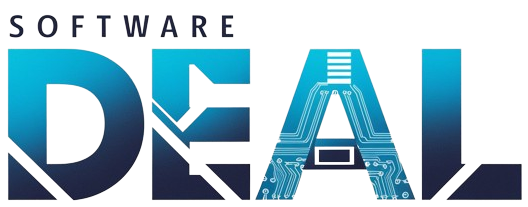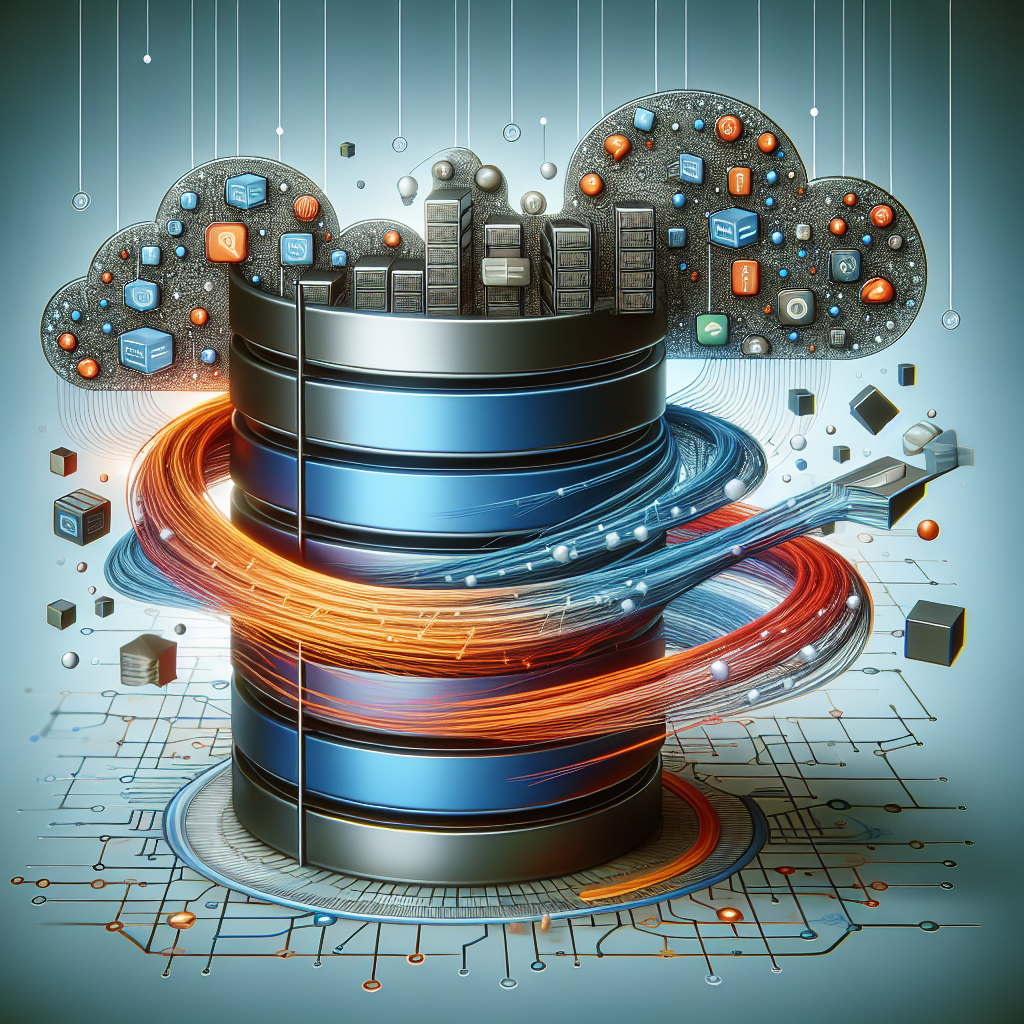Have you ever wondered how data is processed in applications like Facebook, Google, and Amazon? These titans of technology are dealing with millions of users and vast volumes of data, requiring a highly scalable and flexible system. This is where NoSQL databases come into play.
NoSQL (Not Only SQL) databases is a term denoted to a database that provides a mechanism for storage and retrieval of data which is modeled in a means other than the tabular relations used in relational databases. Traditional SQL databases are not designed to cope with the scale and agility challenges that face modern applications, nor were they built to take advantage of the cheap storage and processing power available today.
Why NoSQL?
Unlike relational databases, NoSQL databases are capable of storing unstructured data. They allow users to store and process large amounts of unstructured data, and solve many of the performance issues that relational databases have. Data in NoSQL databases can be stored in a variety of ways, including document, columnar, graph, and key-value formats.
NoSQL databases are designed to scale out by using distributed and fault-tolerant architectures. This means they can handle more data faster by adding more servers into their clusters. This horizontal scalability, something relational databases are not great at, is a crucial factor for businesses that handle large amounts of data.
Types of NoSQL Databases
The four main types of NoSQL databases are Document-based, Key-Value stores, Wide-Column stores, and Graph databases:
- Key-Value stores: This type of NoSQL database uses a very simple schema: a unique key paired with a collection of values, where the key is the unique identifier. Examples include Redis and DynamoDB.
- Document-Database: One popular type of NoSQL database is the document database, in which data is stored in documents, and the values can vary from each document. MongoDB is an example of a document database.
- Wide-Column stores: Data is stored in columns instead of rows. This can be advantageous for big data performance problems with the ability to query large amounts of data quickly. Examples include Cassandra and HBase.
- Graph Databases: Perfect for storing data that has numerous relationships, this type of NoSQL database is able to represent complex relationships with data. This system connects web-like structures through nodes and edges. Examples include Neo4j and JanusGraph.
The type of NoSQL database you choose depends on the structure of your data, and what you want to achieve with that data.
Advantages and Disadvantages of NoSQL Databases
The primary advantages of NoSQL databases are scalability, performance, and flexibility. NoSQL databases are highly scalable, being able to handle high amounts of data and high user load. They offer superior performance when it comes to reading and writing large amounts of data, and are able to store data in a flexible manner, exponentially increasing the number of possibilities of how you work with your data.
However, NoSQL databases also have some disadvantages. For example, because they’re mostly open-source, they often require skilled developers and consultants to manage their development and maintenance. Also, as NoSQL databases do not adhere to the atomicity, consistency, isolation, and durability (ACID) properties that SQL databases do, they can lead to some inconsistencies.
Conclusion
In this digital era, with massive amounts of data being generated every second, NoSQL databases have emerged as a reliable, scalable, and flexible way of storing and managing data. While they have their disadvantages, the scalability, flexibility, and speed that NoSQL databases provide make them an increasingly popular choice for many businesses and applications. Understanding the basics of these databases can help you make informed decisions about the way you manage and store your data.
FAQs
Q1: What kind of company can benefit from NoSQL databases?
A1: Any company dealing with large amounts of data can benefit from NoSQL databases.
Q2: Can I switch from SQL to NoSQL at any time?
A2: The cost and complexity of switching from SQL to NoSQL would depend on your factors such as the size and structure of your data and your existing infrastructure.
Q3: Are NoSQL databases secure?
A3: While NoSQL databases may lack some of the built-in security features of SQL databases, they can still be made secure if properly managed and configured.
Q4: What are some popular NoSQL databases?
A4: Some popular NoSQL databases include MongoDB, Cassandra, Redis, and DynamoDB.
Q5: Is NoSQL the future of databases?
A5: While NoSQL databases certainly have their advantages, they aren’t necessarily a replacement for SQL databases. Depending on their use case, some companies may prefer SQL databases while others prefer NoSQL databases.

